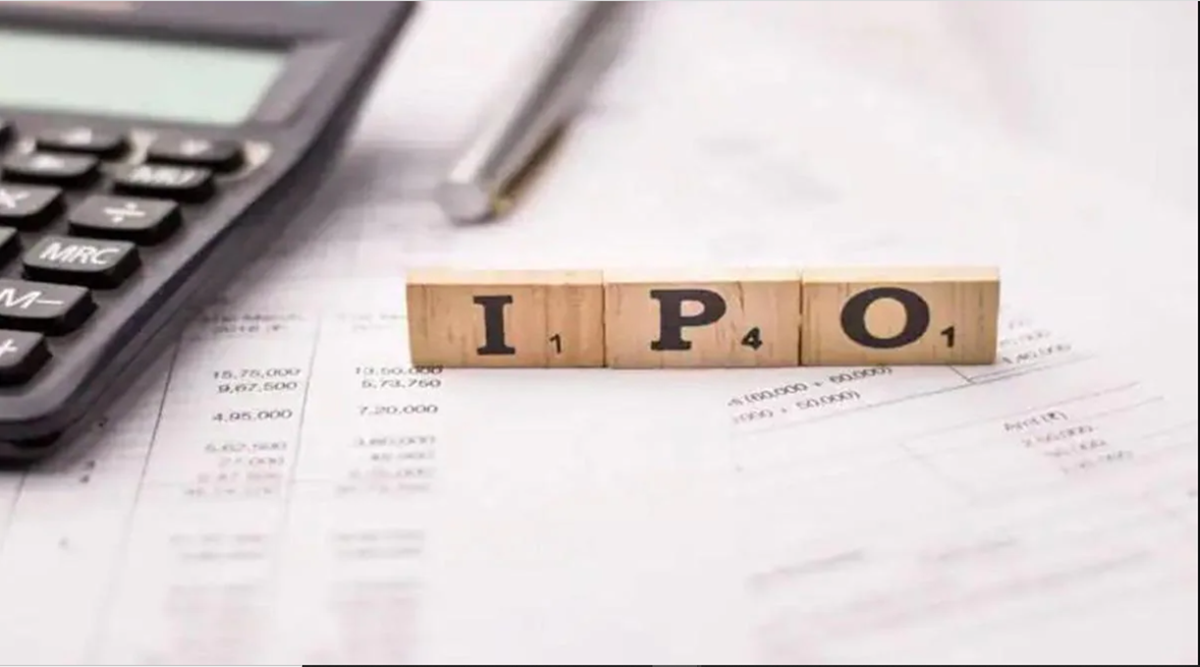During January to September, 87 SMEs raised Rs 1,460 crore through IPOs.

Investor interest was piqued by previous IPOs’ strong performance, which resulted in 87 small and medium-sized businesses SMEs earning Rs 1,460 crore from initial share sales in the first nine months of the year. According to the industry statistics, this was much more than the 56 firms that raised Rs 783 crore through IPOs in 2021 as a whole.
Furthermore, more established businesses may use the platform in the remaining months of 2022. The year is generally favorable for SME enterprises wishing to obtain money via the exchange, according to Uday Nair, Director at FedEx Securities, who also said that “tech-based and bigger broking players may play a key role in strengthening the SME platform.”

According to Prateek Jain, Director at Hem Securities, “The SME segment is not impacted by the bearishness in the market and investors are looking forward to the healthy IPO pipeline.” Many companies have filed or plan to file their documents for listing on the BSE SME and NSE Emerge platforms.
According to industry statistics, 87 IPOs in all made their debut on SME platforms between January and September, raising a total of Rs 1,460 crore. These businesses operate in a variety of industries, including IT, pharmaceuticals, automotive components, infrastructure, the hotel industry, and jewelry.
Despite the secondary market’s instability, 29 SMEs entered the main market in September, compared to nine the month before. 25 of the 29 concerns have already been resolved, while the other four are still in progress. Qualified institutional investors and ordinary investors have participated actively in several initial public offerings (IPOs), and one such public offering was that of Insolation Energy.
183 subscriptions were received for Insolation Energy’s successful IPO, which closed last week. Most investors subscribed to this SME IPO on the BSE. According to Gaurav Jain, Director at Hem Securities, the remarkable performance of several IPOs in the category that attracted more investors was a factor in this year’s successful fundraising.
“Despite being tiny in scale, these IPOs are receiving positive feedback.” The category has fared well despite the benchmark indexes’ decline and a drop in the number of public offerings on main boards compared to the previous year, “he added.
According to Nair of Fedex Securities, the SME platform provides a platform independent of the industry for raising growth capital. A natural filter is established when more businesses enter the market. Some of these businesses have also performed well financially, which has contributed to the growth of investor trust. For business development ambitions, working capital needs, debt repayment, and other general corporate reasons, the corporation raised the money through IPOs.
On the other hand, 20 businesses overall, including the state-owned LIC, chose main-board IPOs and raised Rs 43,275 crore between January and September, compared to 63 businesses that collected more than Rs 1.25 lakh crore over the whole of 2011. In 2012, the BSE and NSE stock exchanges established SME platforms, making them the first two bourses in the nation to do so. These platforms give these businesses the chance to obtain funds for development and growth.

What is an SME IPO?
In recent years, India has witnessed significant retail interest in initial public offerings (IPOs), with many well-known firms successfully going public and many more preparing for an IPO. Due to the high level of investor demand for these IPOs, several of them were oversubscribed. The recent mainstream IPOs were large firms with a large market valuation and substantial financial backing. But does it imply that going public to generate money is only feasible for large corporations? The option here is an SME IPO. An option for small and medium-sized businesses to go public is known as an SME IPO. Let’s look at it more closely to understand how it functions.
As was already said, a mainline IPO enables larger businesses to go public and raise money. The small and medium enterprise IPO, on the other hand, is designed for businesses that are smaller in size and need to acquire money from the public. SME IPOs are conducted to make the procedure simpler, and the shares are listed on a different platform than mainstream IPOs. An SME IPO is open to both retail and institutional investors, similar to a regular IPO, but with modified restrictions to meet the requirements of these businesses and investors seeking to participate in small and medium-sized businesses.
How do SME IPOs operate?
Small and medium-sized businesses can raise capital by going public through an SME IPO. There are a few little distinctions as well, but the procedure is comparable to a typical IPO.

A merchant banker is appointed to start the process. A banker, who is also known as an underwriter, will carefully examine the company’s financials to assist it in making accurate calculations. This covers everything from the sum of money the business plans to raise to the IPO stock price. After that, the corporation would begin its pre-IPO planning. Usually, capital structuring comes first. A banker would assist the firm in determining its capital structure. When a business goes public, it must provide a lot of information because, by law, it must be transparent. The capital structure aids in the preparation of this data by the firms.
Once the company has a financial structure in place, it will begin recruiting bankers, registrars, market makers, and so on. Because the success of those involved with the IPO could make or break the company, companies will take extra precautions to ensure that they hire the right people at this stage. The company will then start working on the red herring prospectus, or DRHP. This document contains all of the information known at the time about the business and the IPO. The purpose of the document is to help investors make investment decisions about the company’s IPO.
The DHRP will include details on the company’s financial performance over the previous quarters as well as its projections for the next one. Additionally, it will describe the company’s plans for operations following the IPO. Investors may use the data to determine whether buying stock in the firm fits with their investment objectives and risk tolerance. The business will submit the DRHP to the stock exchange when it is complete. The Securities Exchanges Board of India, or SEBI, will evaluate the DHRP in the case of a typical IPO. However, the stock exchanges handle the same tasks for SME IPOs.
When the stock market accepts the firm’s DRHP, it becomes publicly available, and the corporation begins the process of pricing the stock while retail investors consider their alternatives. By this time, the company will have information from the underwriters and the lenders, and together they will choose a price that they believe will work.
The business then makes the matter public. Similar to a conventional IPO, investors will have the ability to apply for equities at this stage. Stocks will be sold to investors in SME IPOs as well, although the top size will be bigger than in mainstream IPOs. The shares will then be distributed to the applicants in the last phase. In addition, they will begin trading on the stock market, which is distinct from what the major corporations do.
The prerequisites for a BSE SME IPO listing
The corporation must have a face value of Rs. 1 crore before issuance and be a limited liability entity. The face value should also be lower than Rs. 25 crore. A mainstream IPO is only available to companies with a face value of more than that. Additionally, the organization’s net worth should be at least Rs. 1 crore. Investors should be able to find information about the company on its website to help them decide whether or not to invest in it.

A contract with the depositories should be signed by the corporation, and it should agree to facilitate the trading of Demat securities. The promoters must remain the same for one year before the company files for an IPO under the BSE SME sector.
SME IPO versus Regular IPO Differences
The size of the firm that qualifies for the IPO is the primary distinction. The post-issue paid-up capital is used to measure this. For SME IPOs, the same amount should be between Rs. 1 crore and Rs. 25 crore, while it should be at least Rs. 10 crore for standard IPOs. For a standard IPO, there must be at least 1,000 allottees. The minimum is 50 for SME IPOs.
For a standard IPO, SEBI verifies and validates the DRHP and other paperwork. However, for SME IPOs, stock exchanges handle this. A standard IPO’s application size ranges from 10,000 to 15,000 rupees. It is a higher Rs. 100,000 for an SME IPO.
Through SME IPOs, retail investors have a great chance to purchase shares of some of the fastest-growing firms. To take full advantage of the opportunity, make sure you continue to be well-prepared via your research.
Edited by Prakriti Arora



